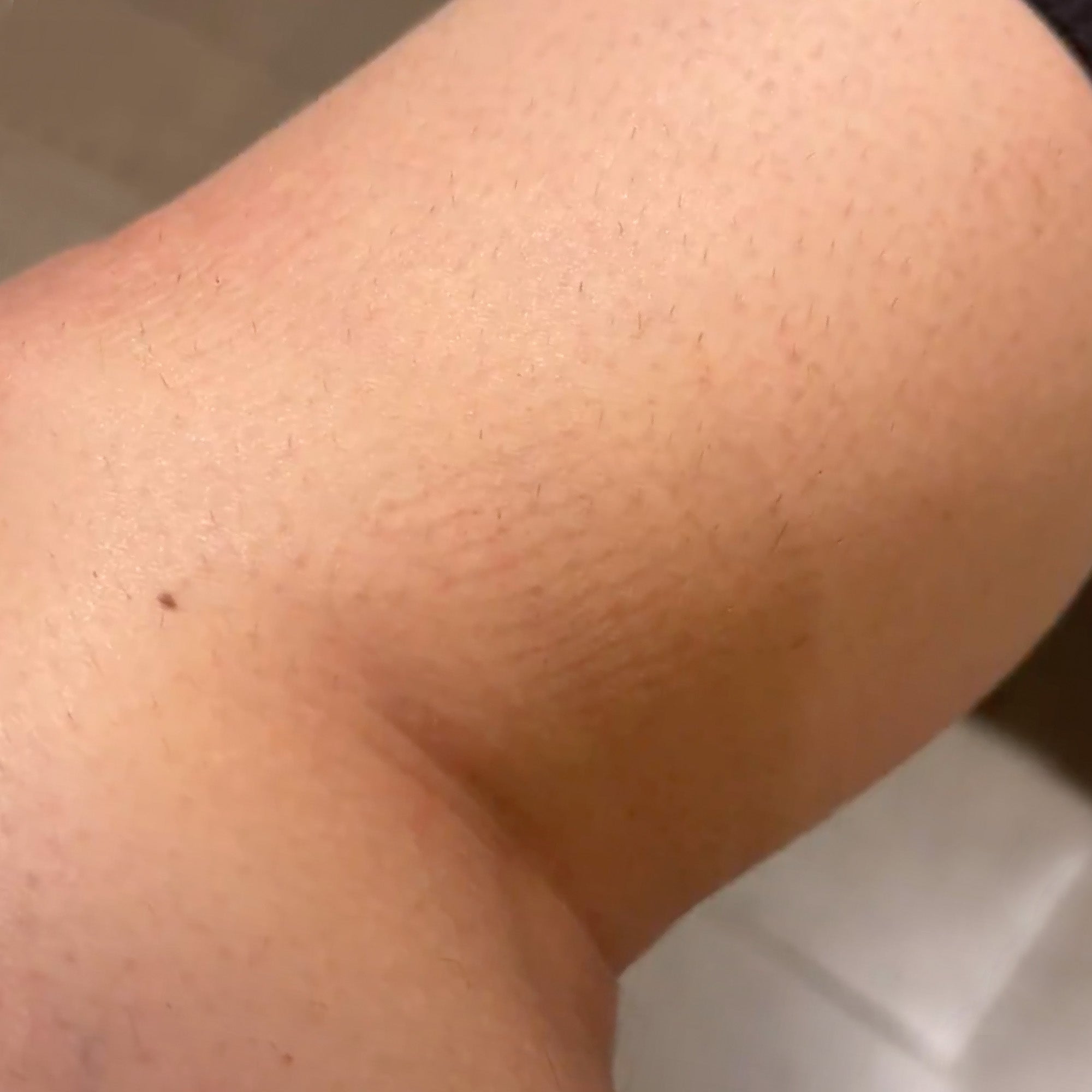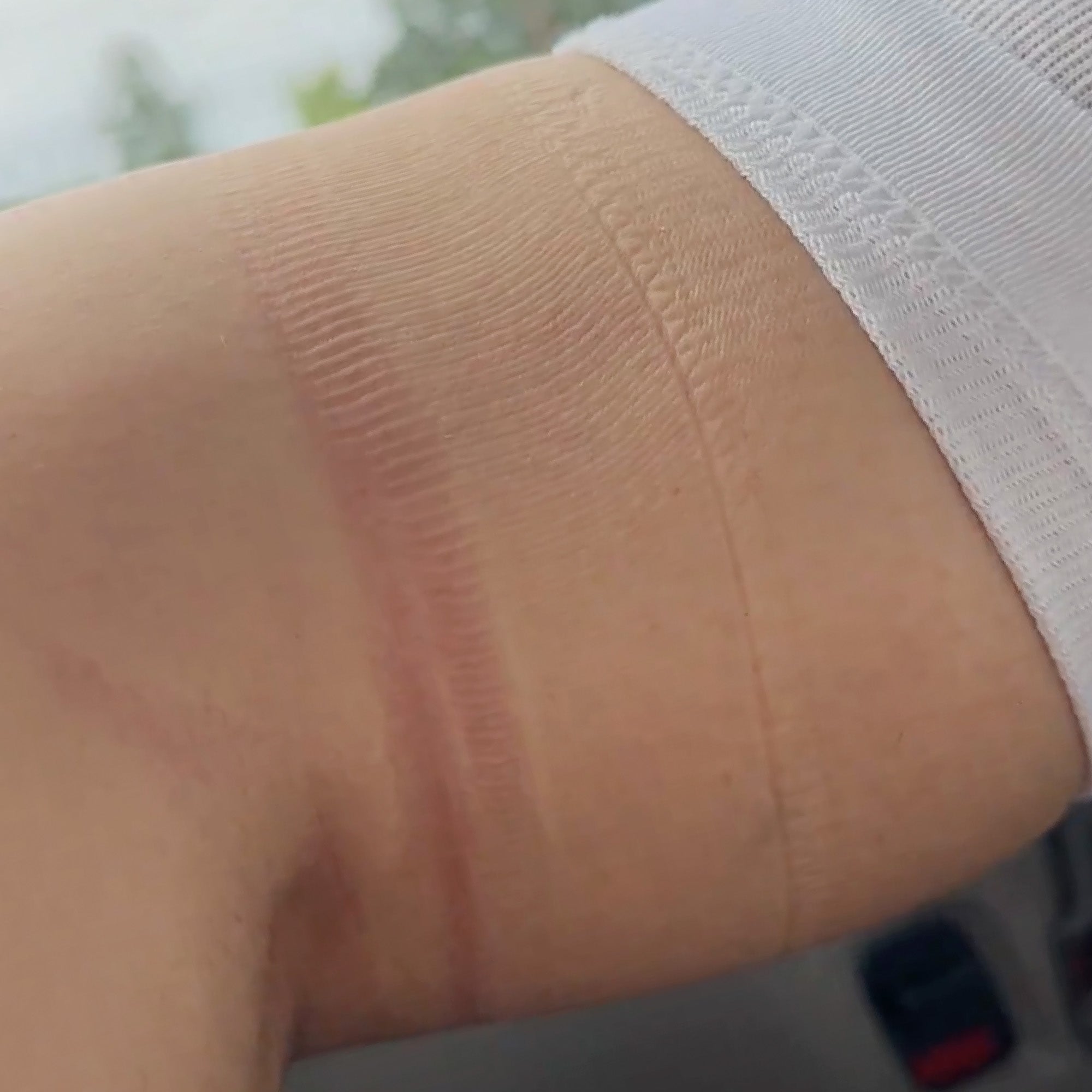The world's most comfortable compression socks.
Some frequently asked questions
How are they supposed to fit and feel?
Your feet and toes should fit comfortably in the footbed. The toes should never feel cramped, the seams should never bulk at the sides and the heel should stay in place.
These should feel like a gentle squeeze for your feet and legs. The compression will be strongest at the ankle, gradually decreasing in pressure as it moves up the calf.
How do I know my size?
You’ll find a full size chart linked right above the "Pre-order" button above. Below you'll find some helpful tips:
- For best foot fit: Simply choose the size that matches your usual US shoe size. If you're in-between sizes, we recommend sizing up, especially if you're new to compression.
- For best calf/cuff fit: Measure around widest part of your calf. If it measures 16" or more, we recommend choosing one of our wide-calf-friendly options.
Email kate@modecompression.com if you have any questions.
What does mmHg stand for?
"mmHg" = millimeters of mercury
It's a unit of measurement used to determine the amount of pressure the socks apply to your legs. Typically displayed as one of the following:
- 15-20 mmHg: mild compression
- 20-30 mmHg*: moderate compression
- 30-40 mmHg*: strong compression
The 15-20 mmHg range is considered mild to moderate, making it great for everyday wear, travel, and managing mild swelling or muscle fatigue.
*Considered medical-grade compression
Are these medical-grade?
Medical-grade = 20 mmHg or more
Our Everyday Cotton Compression Sock is 15-20 mmHg so they are not considered medical-grade.
*We plan to launch a 20-30 mmHg medical-grade option soon.
We take comfort seriously.
See for yourself.
We were tired of too-tight cuffs that leave marks and dig into the skin, so we designed something better: a light and stretchy cuff, comfy enough to wear all day.












